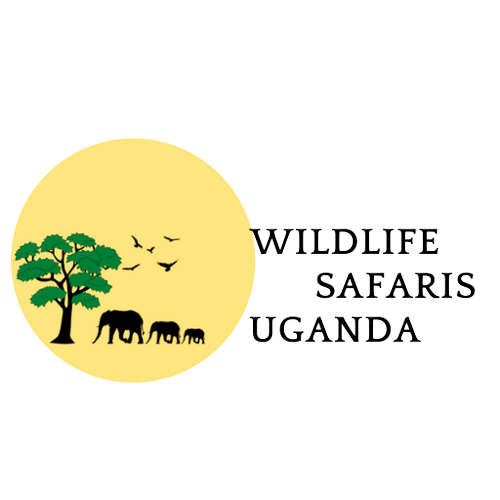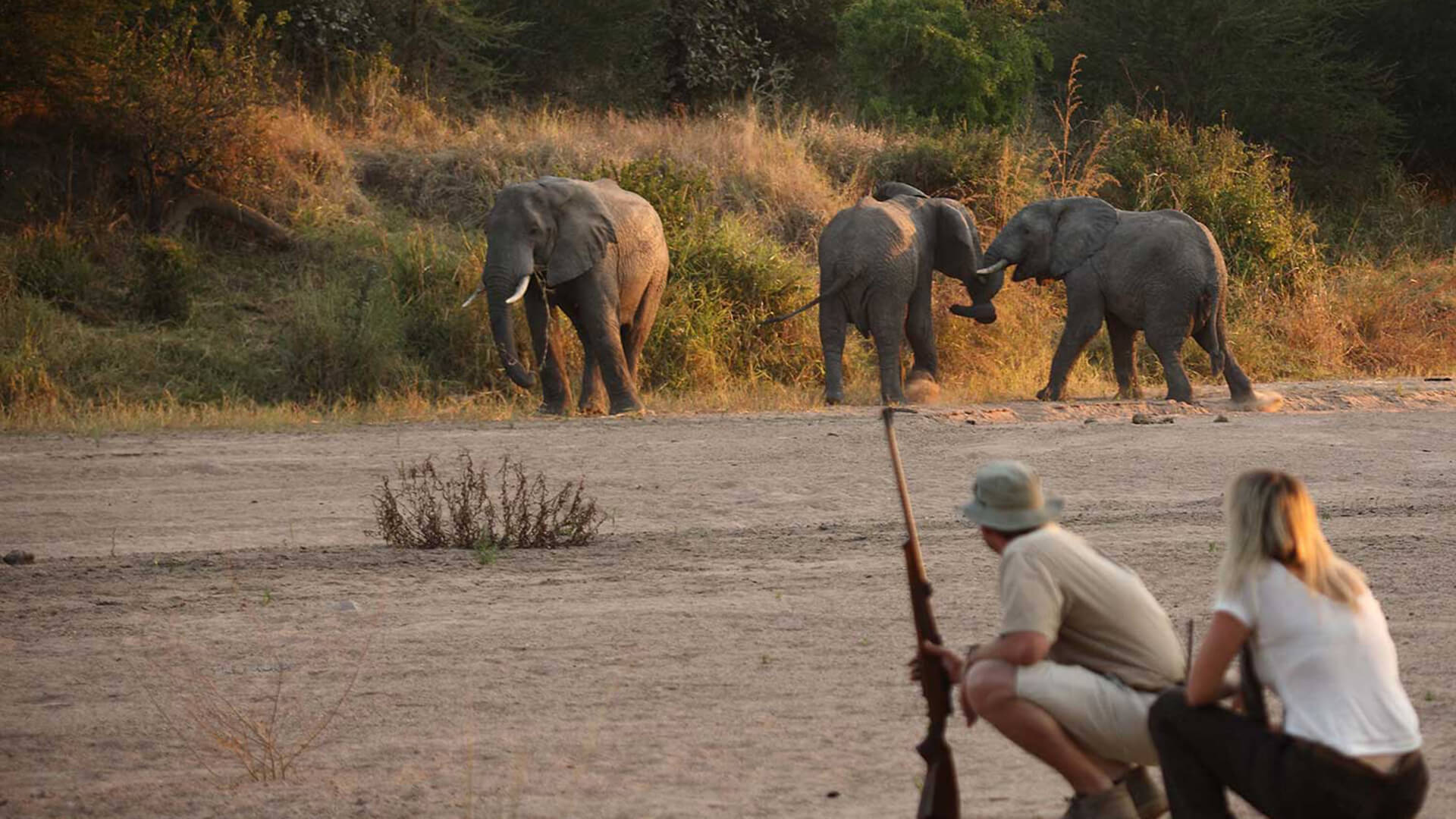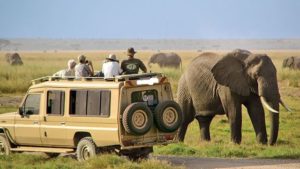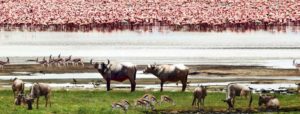Ruaha National Park covers over 15000sq km. Ruaha National Park itself is at the heart of a much larger ecosystem that covers over 40, 000 sq km. You will also watch the huge elephant herds gathered around the mighty Ruaha River, the lifeblood of the park.
Ruaha National Park is a visually stunning park with an undulating plateau about 900m; with occasional rocky out crops and the mountains reaching heights of 1900m. Running through the park are the sand rivers. These dry up completely in the dry season and act as roads for the game to move from water hole to water hole.
The Park is a good place for seeing Lions, Buffaloes, Elephants and the Painted Dog (African Wild Dog). You can also see Grants gazelle, ostriches and cheetahs on the plains. To the bird lovers, the park also offers over 465 species. The rainy season from January to June is particularly spectacular as the normal abundant bird life is enhanced by numerous migrant species.
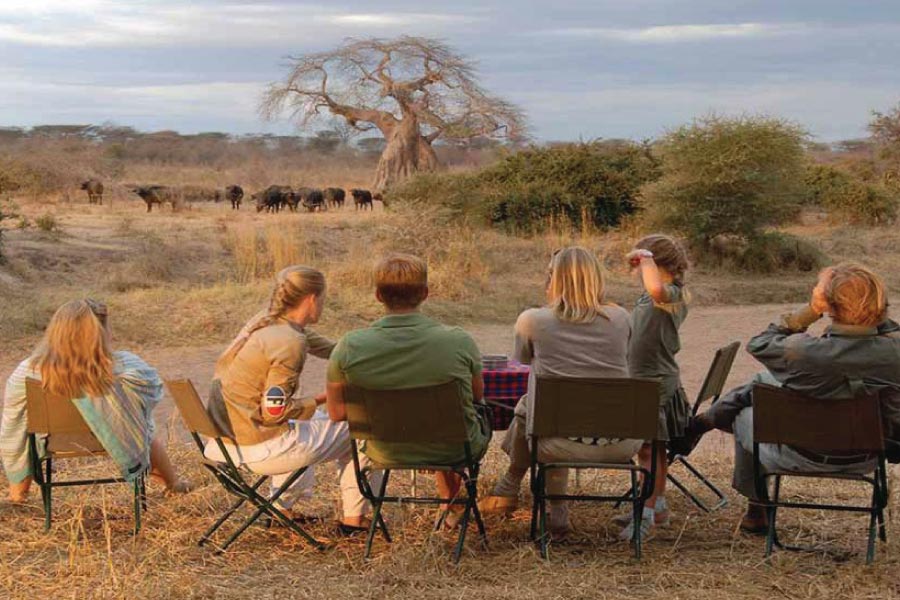
TOURISM ATTRACTIONS
Birds
The park is one of the Tanzania birds’ paradise with more than 571species and some of them are known to be migrants from within and outside Africa. Migrating species from Europe, Asia, Australian rim and Madagascar have been recorded in the park. Species of interest in the park include Ruaha red-billed hornbill (Tokus ruahae) which is dominant in the area. The recently annexed wetland, the Usangu basin is one of the country’s important bird area (IBA) as recognized by Birdlife International. Though birds can be seen all the year around, the best time for bird watching is during the wet season.
Animals
Ruaha is believed to have high concentration of elephants than any national park in East Africa. It is also a place where, magnificent mammals like Kudu (both Greater and Lesser), Sable and Roan antelopes can easily be spotted in Miombo woodland. The male Kudu have beautiful spiraled horns while male Sable antelope have impressive curved horns. The park is also a habitat for endangered wild dogs. Other animals in the park include lions, leopards, cheetah, giraffes, zebras, elands, impala, bat eared foxes and Jackals.
Reptiles and Amphibians
Apart from large animals, the park also harbors a number of reptiles and amphibians such as crocodiles, poisonous and non-poisonous snakes, monitor lizards, agama lizards and frogs. The Great Ruaha and Mzombe rivers are presumably the most preferred habitat for crocodiles.
Vegetation
The park is characterized by semi-arid type of vegetation, baobab trees, Acacia and other species. There are over 1650 plant species that have been identified. The park is the transitional point of two vegetation zones, the Zambezian (characterized by Miombo vegetation) and Sudanian (characterized by Acacia vegetation).
Historical and cultural sites
there are several historical and cultural sites in the park which offer a visitor a chance to explore the Southern Tanzanian tribes. The early trade routes used by the Arab caravan crossed here. In 1830 these coastal traders expanded their routes northward, and in year 1857 to 1858 other European explorers such as Burton and Speke used these routes too. Chief Mkwawa used the same routes to visit his chiefdoms in Sangu and Gogo.
The park area often hailed as the land of the brave Chief Mkwawa, the Chief of the hehe people who resisted against the German attack in the late 19th century. The fierce and successful battle tactics against the German invasion made the Hehe tribe famous in the Southern highland of the then Tanganyika (Tanzania). The Hehe tribe under the leadership of chief Mkwawa was dominant around the Ruaha area. Some of the outcrops in the area are known as hiding places of chief Mkwawa who went into hiding after the fall of his empire (kalenga) to the German in 1894.
In brief, it is believed that, this ancient land (Ruaha National Park) holds many secrets of chief Mkwawa.
Some of the cultural sites that were used for rituals are “Ganga la Mafunyo”, Nyanywa and Chahe, Painting rock at Nyanywa, the “Gogo” chief “Mapenza” grave at Mpululu and “Mkwawa” spring area believed to be used by Chief Mkwawa. Other historical sites near the park include Isimila pillars near Iringa town, Kalenga, Mlambalasi, Lugalo and God’s bridge just to mention a few.
Physical feature
Ruaha National Park has a wide range of physical features from the Great Rift Valley, river systems, natural springs, wetlands, hot water springs, and kopjes to the beautiful rolling hills and mountains.
Rivers
The river systems and watershed are of economic, social and ecological significance for the park itself and country at large. Main rivers include the Great Ruaha, Mzombe, Mdonya, Mwagusi and Jongomero.
Rift valley
The Great Rift Valley crosses the park. The escarpment wall along the western valley side is about 50-100m high in the north-eastern parts, increasing in height to the southwest. It is considered that, the valley of the Great Ruaha River is an extension of the Great Rift Valley. The Great Ruaha River flows for 160km long along the entire eastern boundary through rugged gorges and open plains.
Natural springs
They occur throughout the park and they are associated with the base of the Western Rift Valley escarpment, most notably Mkwawa, Mwayembe, Makinde and Majimoto springs. These are dry season refugees for wildlife and when most of the rivers get dry.
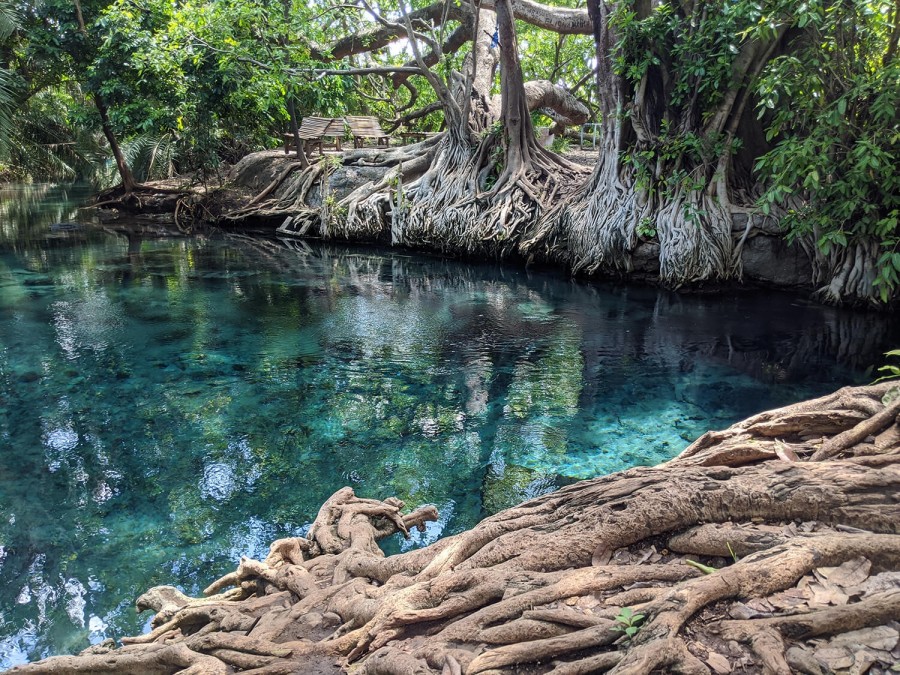
Undulating landscape
The Park has undulating land and hills including kilimamatonge, Nyamasombe, Nyanywa, Chariwindwi, Igawira, Mwayiui, Kibiriti, Magangwe, Ndetamburwa and Isukanvyiola. These act as kopjes creating good habitat for animals such as klipspringer which normally can be seen in some of these hills.
Safari activities to do in Ruaha national park
Game viewing
Ruaha national park is a perfect destination for game viewing experience as it hosts a huge concertation of wildlife species, animals in this park are live in the different vegetation zones of the park that are miombo, acacia woodland, baobab forests and open savannah. Game drives in Ruaha national park offered as morning game drive, afternoon game drive and night game drive. On this experience expect to enjoy sights of many animal species such as lions, elephants, leopards, cheetah, African wild dogs, leopards, stripped and spotted hyenas, impalas, bat-eared foxes, jackals, giraffes, zebras, elands, Topis, crocodiles and many more. These animals are best sighted around the banks of great Ruaha, Mzombe, Mdonya, Mwagusi and Jongomero rivers as they come to drink water.
Bird watching
Bird watching in Ruaha national park is one of an extremely interesting Tanzania safari activity to do while on your safari, the park hosts over recorded 574 bird species which are found in various sections of the park. While on bird watching activity look out for birds like open-billed storks, black eagles, bare-eyed g0-away bird, yellow collared lovebirds, speckle-fronted wavers, D’Arnaud’s barbet, white headed buffalo weaver, blue-capped cordon-bleu, red-billed hornbill, miombo grey tit, thick billed cuckoo, Schalow’s turaco, spot flanked barbet and many more. Bird species in Ruaha national park are easily spotted most especially on the banks of Ruaha River and since the park is one of the migration routes for Eurasian and Paleatric birds expect to see some of them.
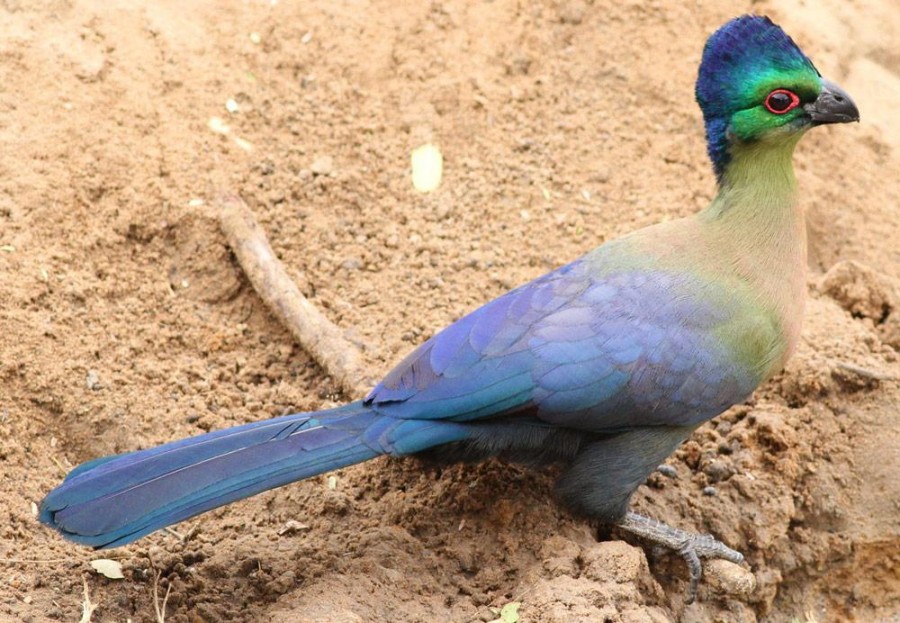
Walking safari
Ruaha national park is an amazing Tanzania safari to visit on a walking safari offering numerous dimensions of the park, on foot you get an opportunity to visit various parts of the park including the one not accessed by vehicle. Walking safaris are done under the guidance of an experienced ranger and are offered in sessions that are short walks and long walks, short walks last for 1-4 hours and long walks last for more than 5 hours. On this experience you will enjoy sights of animals, birds, visit river banks and enjoy panoramic views of the park include the towering baobabs.
